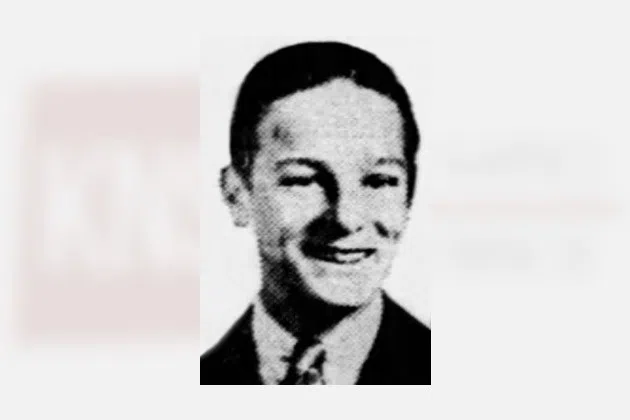(KNSI) – Earlier this month, a Stillwater, Minnesota native killed in Pearl Harbor was finally laid to rest in the Twin Cities.
It was the culmination of a process that went back nearly 80 years. In the immediate aftermath of World War II, unidentified remains from the USS Oklahoma were dug up. The ship was sunk on December 7th, 1941, during the Japanese ambush on the Hawaii base. Many bones were returned to the earth still holding onto their secrets, and families were left without closure. Survivors of the attack insisted on a second effort.
The U.S. Navy had started with nearly 400 bodies in 2003. The remains were buried together in joint caskets. When they unearthed them, officials thought each casket contained mixed remains from maybe five service members. It ended up being over 100 each.
Coordinated through the Defense Prisoner of War/Missing In Action Accounting Agency, the Navy used genealogists to track down DNA samples from suspected surviving family members. Forensic Anthropologist Carrie LaGarde spoke to KNSI News. She was a project lead in the laboratory sorting and cataloging the extensive collection of disinterred bones.
Some matches happened quickly; others took the better part of 20 years. LaGarde says the hardest cases were those involving far-flung relatives. “So, in 2020, we did kind of another push to try to find more, and we ended up finding seventh cousins or something like that. They’re really distantly related, and sometimes these family members don’t even know about that missing service member.”
LaGarde is based in the Midwest. She says she was able to go to seven or eight funerals that were designated open to the public and held in Iowa or Nebraska. LaGarde met with the relatives and considers the experience rewarding. She says it was fascinating to see cases where the different sides of the family had never interacted with each other before, brought together by a long-lost relative they likely did not know.
The crews used mitochondrial DNA, carried along the maternal side, as the primary means of identification. She explains how they avoided false positives. “People can end up sharing the same mitochondrial DNA sequence, even though they’re not actually related. From the remains, we’ll estimate how tall they were, how old they were, we’ll look at the dental remains. And then we’ll compare that against the information that we have about this missing service member.”
LaGarde says researchers were lucky in that the Navy kept excellent records at the time. Families have discretion in where the remains are buried and how they are marked. LaGarde says about 70% chose a hometown cemetery. The other 30% were laid to rest in national cemeteries at Arlington or Hawaii.
According to LaGarde, when Fire Controlman 3rd Class William Gusie was buried, he was the 11th crew member of the USS Oklahoma from Minnesota they had identified.
___
Copyright 2024 Leighton Media. All rights reserved. This material may not be broadcast, published, redistributed, or rewritten, in any way without consent.








